New Sigmas 105mm F14 Art Portrait Lens Bokeh Master
The Bokeh Master …
Any manufacturer who decides to phone call their lens the "Bokeh Master" is very much setting themselves upwardly for a autumn, so I was very intrigued to see for myself what the new SIGMA 105mm F1.4 DG HSM | Fine art lens (SPECIFICATION) had to offer. Many aspects virtually this lens seem a little bit unusual at first glance. The large front drinking glass element (filter size 105mm) tells you straight away this is no 'normal' lens and that it'south going to scoop a whole bucketful of calorie-free towards the camera sensor. The unusually short squat shape seems a little unwieldy at showtime glance, however it feels and sits very nicely in the hand (the solid tripod foot is very easily removed). In general, the lens feels very solid and well-built with the metal lord's day shield simply adding the finishing touch to the quality of engineering. Of course, such a lens begs to be used every bit a wedding lens, separating the loving couple from the guests/surroundings with a wonderful bokeh. Indeed both myself and Ines have regularly used the lens during our work for the arrangement "Dein Sternenkind", where the increased separation to the subject that a 105mm lens brings, equally well as its wonderful low light capabilities fit perfectly to the job in hand.
Clicking on an image will open a larger version in the Prodibi Viewer. Having been encoded for maximum quality, there may exist a slight filibuster to the prototype loading.
Copyright: As with all images on this website, none of the images in this article may be copied or reproduced in any form whatsoever.
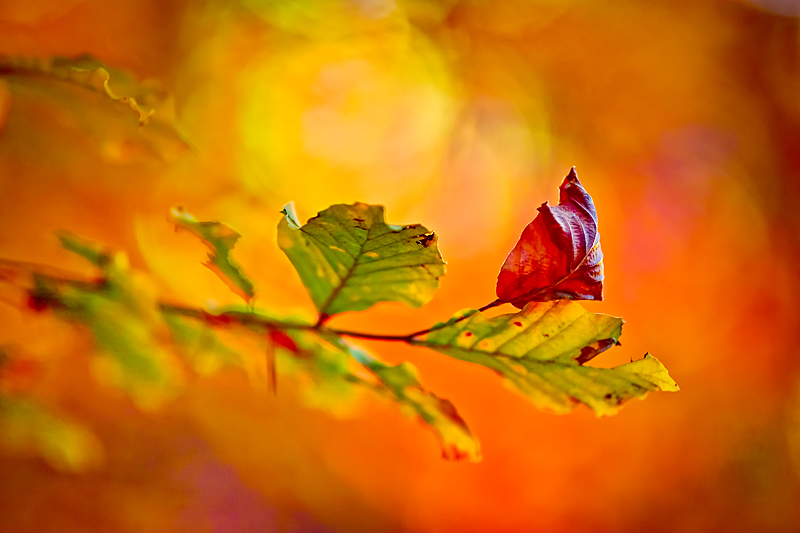
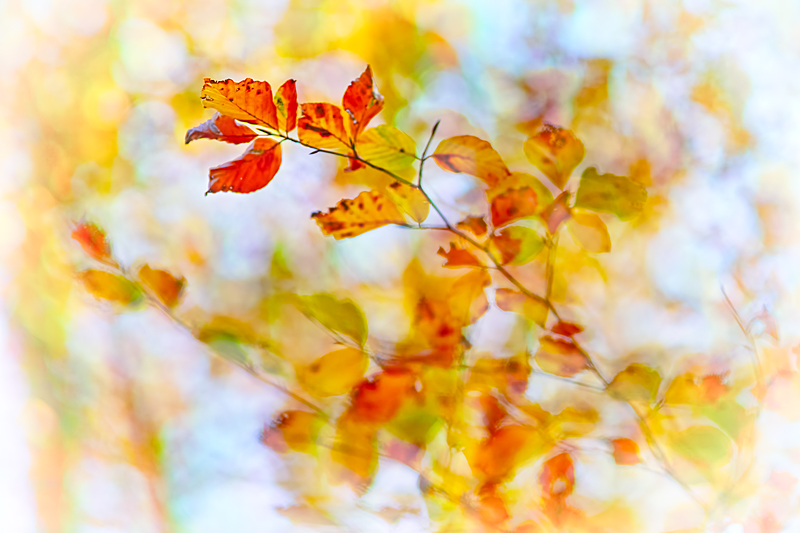
I wanted to put the lens through its paces, however, under different weather condition. Creative nature photography, concentrating on color and structure and the coaction of subject field and light, is a topic that really fascinates me. Starting in the autumn of last year, in that location have been many opportunities to not merely expect at the bokeh the lens can produce, simply also to encounter the high levels of item the lens tin can capture. I similar to work a lot with h2o, often aiming for an abstract representation based on the interplay of light with the surface ripples. Although I accept to admit that a 105mm CP-Filter, which I would normally use to control reflections from the h2o surface, is non something I have readily to hand, I was able to find compositions where this was non an issue and was extremely pleased with the shots I was able to capture.
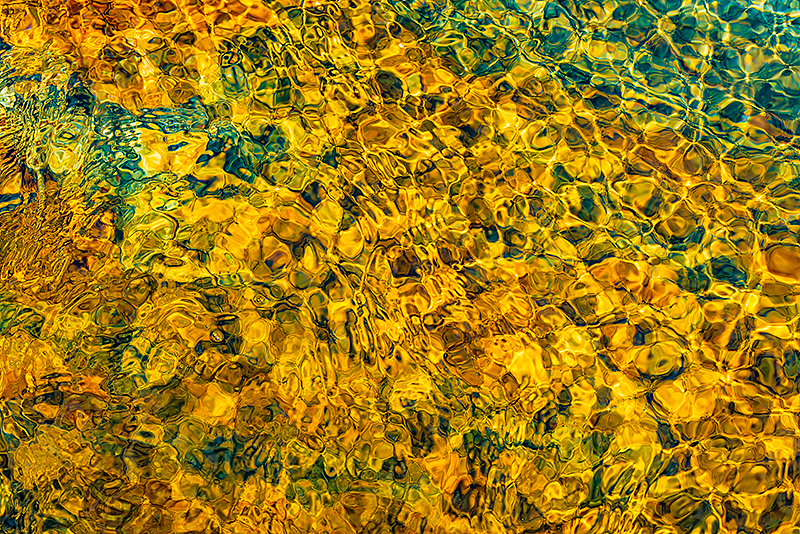
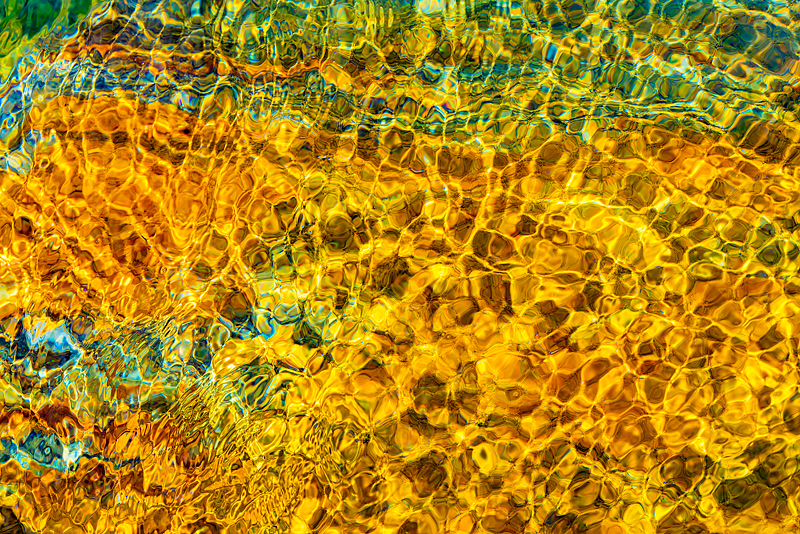
When exploring what the lens could offer I wanted to not just create beautiful backdrops for the subjects I would exist interested in, but also to explore working creatively with the subjects themselves, that is, virtually recently, orchids and butterflies and that would mean getting "overnice and close". Two extension rings for the Sony East-Mount (10mm and 16mm) were thus used either individually or in combination between a Sony alpha 7RII and a SIGMA MC-eleven Due east-SA adapter to achieve this.
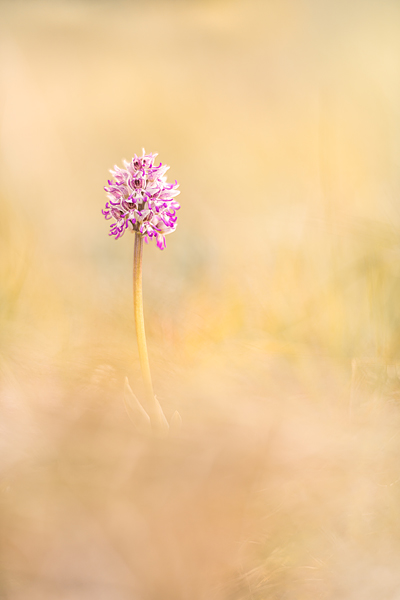
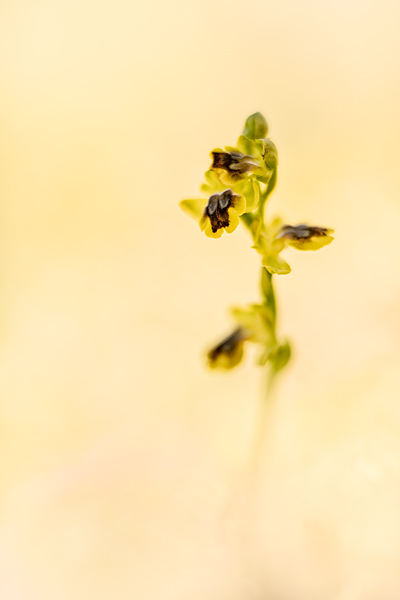
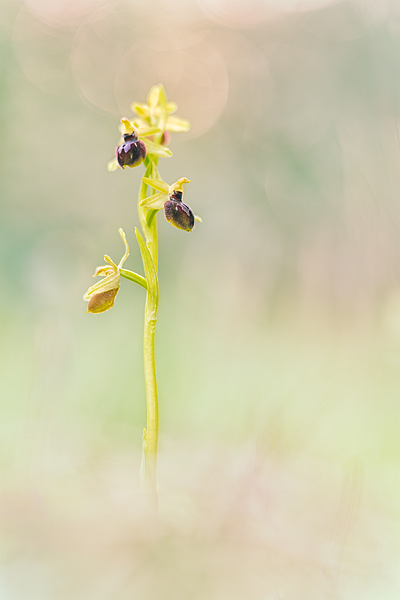
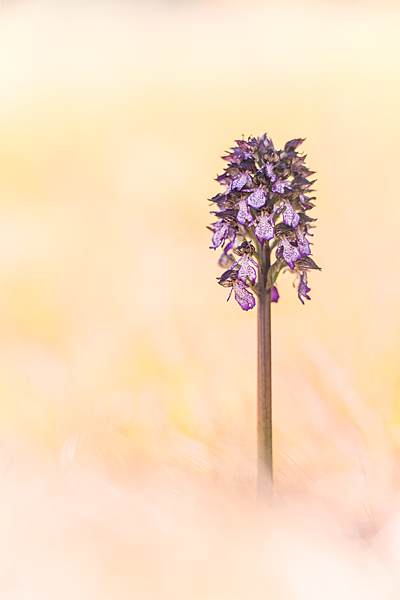
Whilst the autumnal images were shot locally in the Taunus, Deutschland, the majority of the shots were taken on a recent tour to the Southward of France, whereby a short stop in Valle Verzasca in Switzerland on the render journey completed the evaluation of this captivating lens. And, actually, I really practise mean captivating! As I started to work more and more in a "macro" scenario, for example exploring the differences between existence near the point of furthest focus and nearest focus in combination with various F-Stop settings, ever more than creative avenues seemed to open themselves up invitingly.
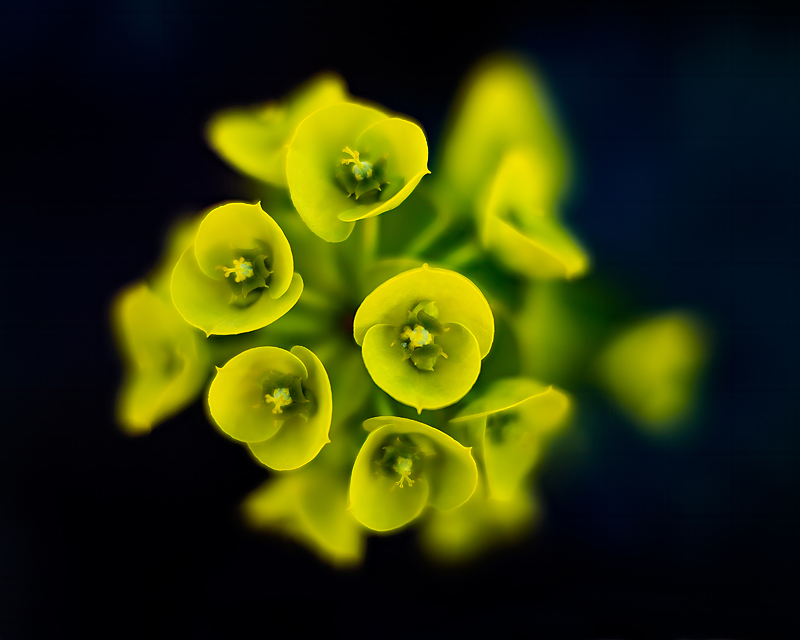
Of form the lens is not just all nearly bokeh and indeed it tin capture a superb amount of detail. The water worn rocks at Valle Verzasca providing the perfect opportunity to explore colour, form and construction:
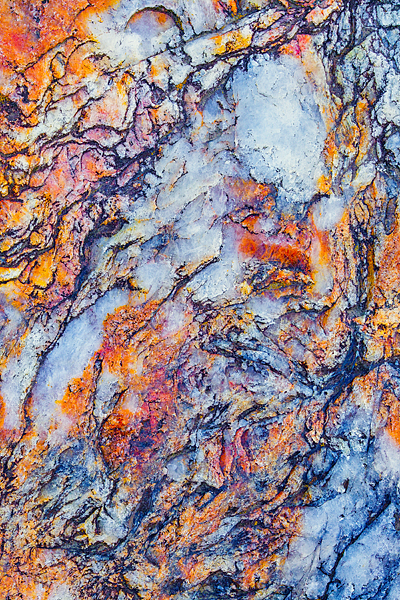
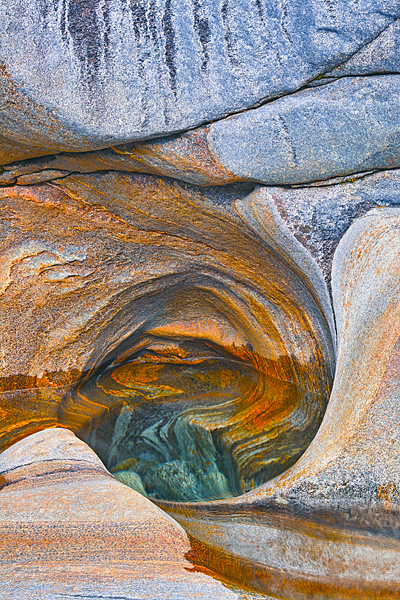
As the various butterfly images bear witness, and as possibly ane would expect, capturing a abrupt subject, which means closing the lens downward somewhat, and still maintaining or achieving a wonderful bokeh as a dorsum-drop is somewhat of a real "tour-de-force" for the lens. I was impressed and from my perspective the lens truly is a "Bokeh Primary". The tripod collar that comes with the 105mm lens is a existent bonus, fitting perfectly to how I similar to piece of work 'in the field'. For virtually all of my macro work and contained of the lens / camera combination, I like to work from an inverted tripod. A lens collar actually gives that extra degree of flexibility when composing the image.
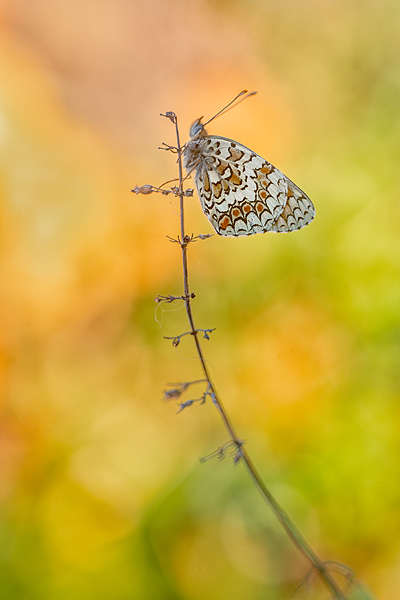
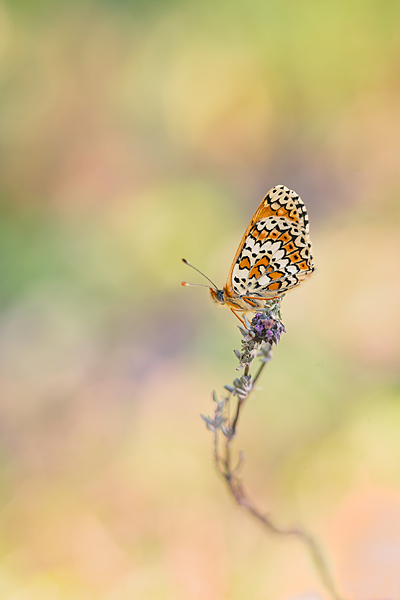
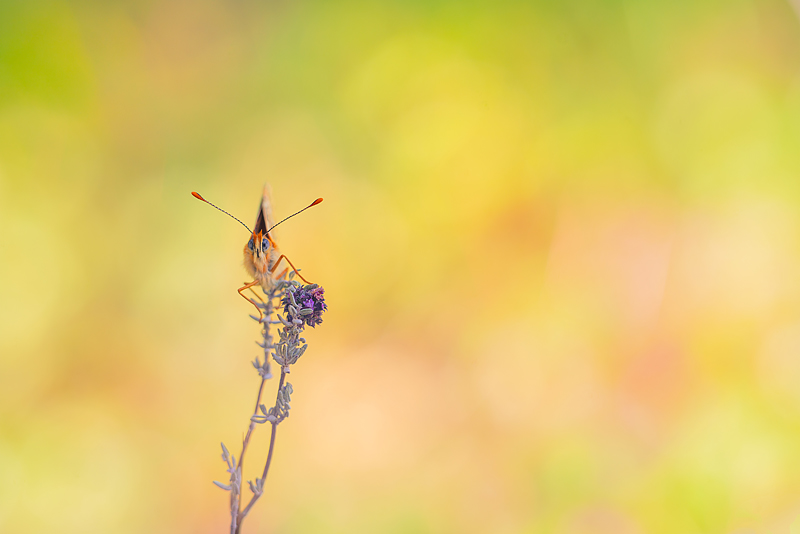
Working with the orchids at F/ane.4 the image subject is very much larger than the depth of focus and thus the discipline itself drifts very chop-chop into a lengthened hint of the remaining structure – this was an effect I really liked. Even when closed down "significantly" the diffusion of the but out of focus bailiwick was such that it simply drifted away into the groundwork without any "masking" by the foreground – wonderful. By placing a reflector behind the orchids, for example, I was able to go them to fuse into the high-key white groundwork in a really interesting way. Certainly an effect I volition look to explore more in the time to come. Interestingly, especially since with the extension rings the depth of focus is much shallower than normal, stopping down to around F/5.6 nonetheless maintained a very interesting bokeh.
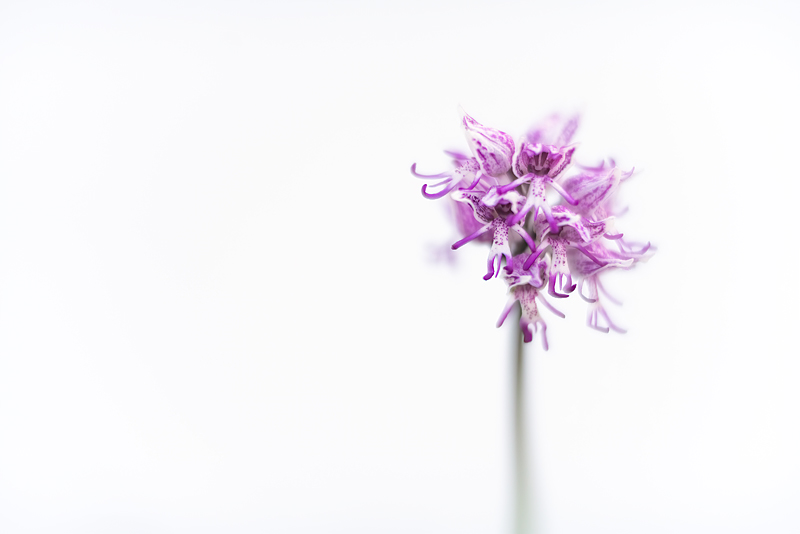
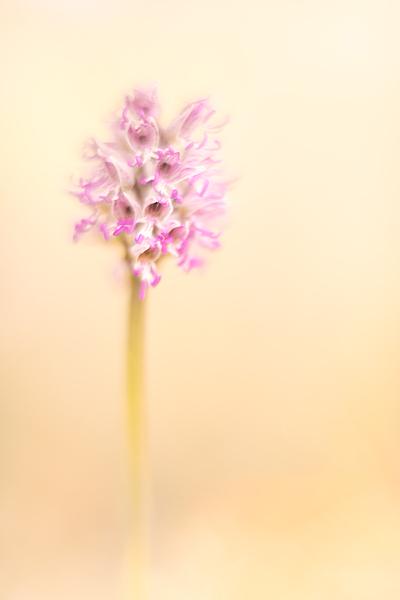
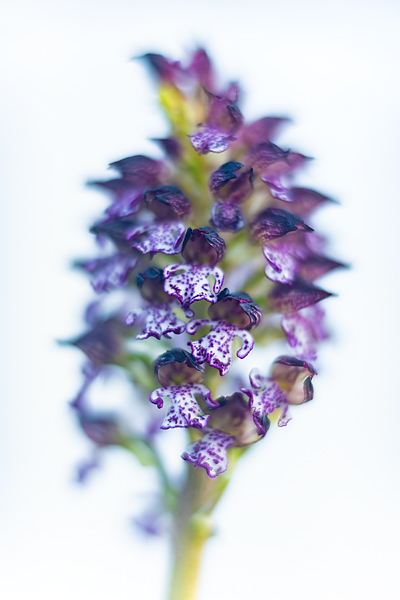
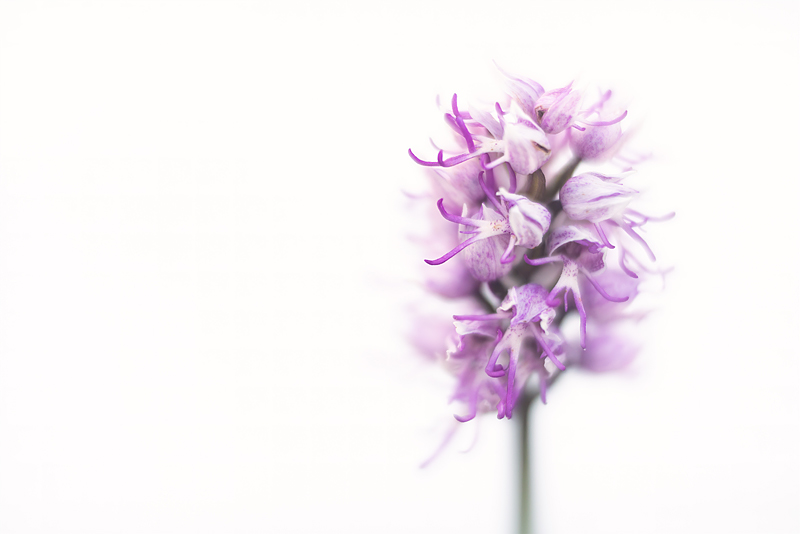
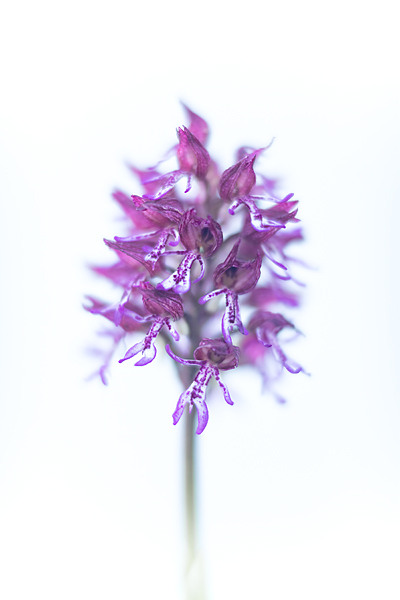
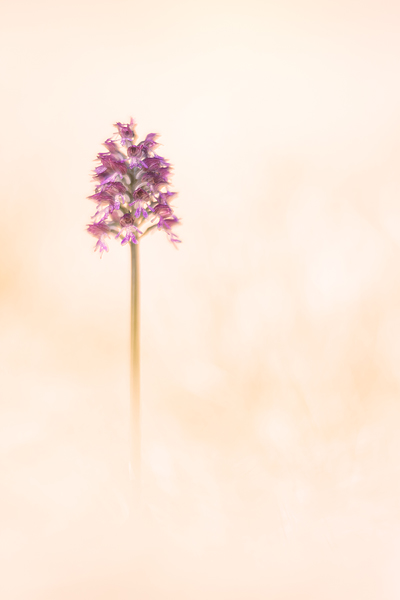
For nearly all of my photography, I currently (Spring 2019) work with a SIGMA sd Quattro H as my get-to photographic camera body: Either I am looking to capture detail and can work in SDF-Mode (SEE Hither), or I am looking to piece of work off the special backdrop the Foveon Sensor brings to the camera (SEE Hither). The Sony, excellent that it is, has been the "Redundancy" for when the sd Quattro H is no longer advisable (very low low-cal / astro-photography etc.). Needing to work with the extension rings meant that I "had to" work with the Sony. However, I found that the results that the lens gave when used every bit a "macro lens" were so intriguing, that the Sony blastoff 7RII /SIGMA 105mm Art combination was becoming always more than the first choice out of the camera bag – and that was something I really didn't look. Equally a minor bated: When working "free mitt" with the extension rings, I ready the in-camera body stabilization to a somewhat arbitrary, but however very sensible, "200mm", therby increasing the level of stabilisation, since I was working considerably closer than the normal minimum focal distance of around 1 meter.
This lens is different! Wonderfully unlike! It looks dissimilar, it feels and sits beautifully different in the hand and the results are just superb – a creative photographers dream!
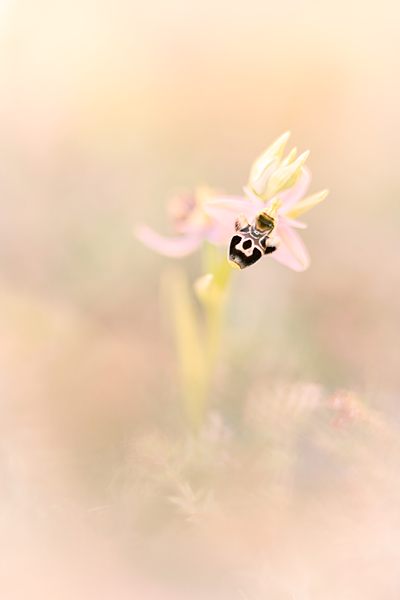
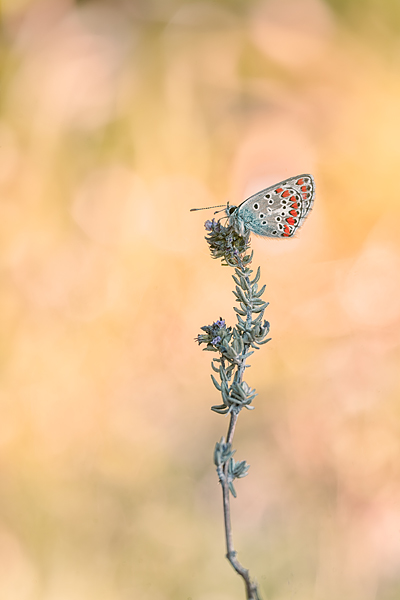
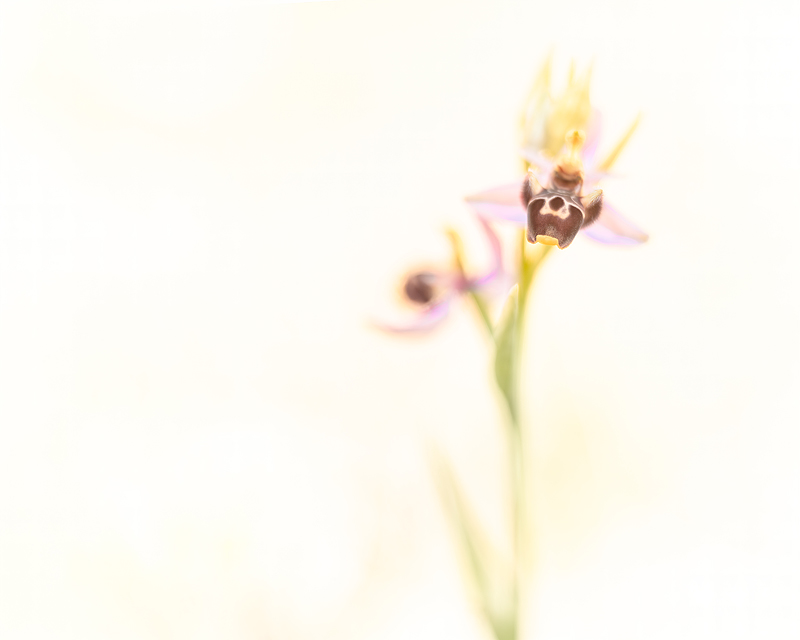
The images in this article were taken with the SIGMA 105mm F1.iv DG HSM | Art (LINK) in combination with either a Sony blastoff 7RII (LINK) (sensor crop factor ane.0) photographic camera with a SIGMA MC-xi Due east-SA (LINK) adapter or a SIGMA sd Quattro H (LINK) (sensor crop factor ane.3) camera and a Rollei Panthera leo Rock 30 Mark II (LINK) carbon tripod.
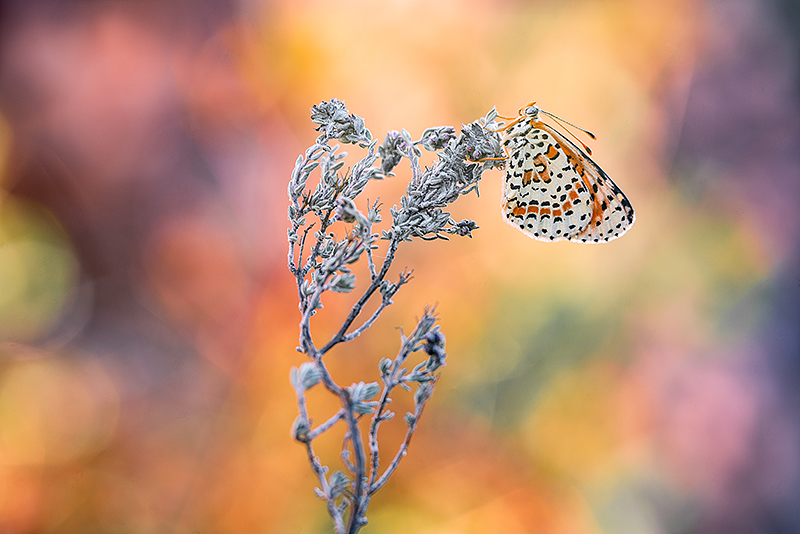
CLICK HERE FOR A GALLERY VIEW OF ALL IMAGES
Source: https://www.blauvista.com/html/sigma-105mm-f14-dg-hsm-art-bokeh-master/
0 Response to "New Sigmas 105mm F14 Art Portrait Lens Bokeh Master"
Post a Comment